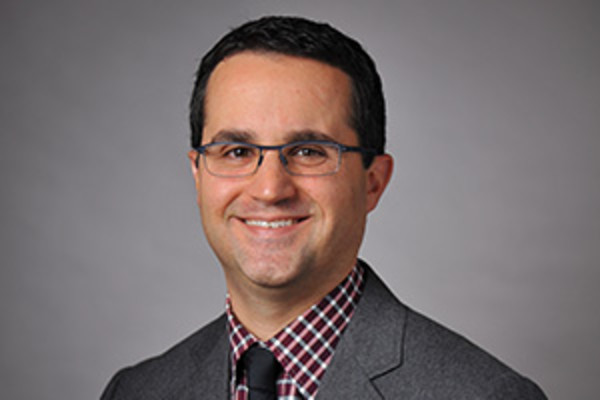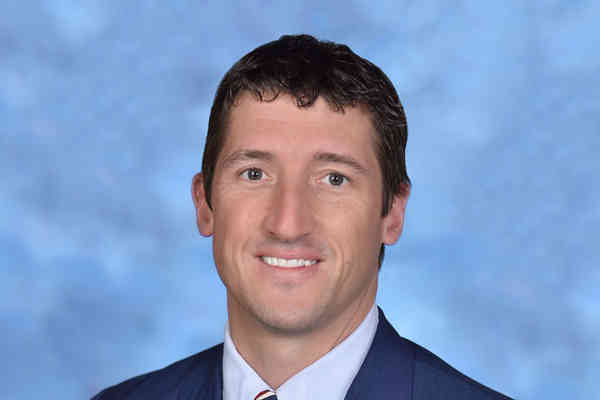
Sports Injuries
Your feet play a central role in many sports, from tennis to running, and are vulnerable to a host of sports injuries.
The expert team at Orthopaedic Foot & Ankle Center (OFAC) in Falls Church and Arlington, Virginia, diagnoses and treats a wide range of sports injuries. The orthopaedic surgeons at OFAC regularly treat local high school, college, and professional athletes with foot and ankle injuries. If you’re looking for excellent treatment for sports injuries around Washington, DC, call or request an appointment online today.
Sports Injuries Q & A

-
What are sports injuries? Back to top
Exercise is key to a healthy life, but accidents, overuse, or improper technique can lead to sports injuries. These musculoskeletal injuries occur during all types of physical activities, from playing sports to chasing your children on the playground.
-
What sports injuries affect the foot and ankle? Back to top
Your feet and ankles are necessary for high-impact activities like running and jumping. Many sports and exercises rely on these basic movements, so the foot and ankle are especially vulnerable to sports injuries.
The team at Orthopaedic Foot & Ankle Center treats numerous sports injuries, including:
Ankle sprains
Ankle sprains are one of the most common sports injuries that people of all ages experience. A sprained ankle occurs when the ligaments that hold your ankle steady become stretched or torn. A sprain that affects the ligaments above your ankle is called a high ankle sprain.
Tendonitis
Tendonitis occurs when one or more of your tendons become irritated and inflamed. Your feet are prone to several types of tendonitis, including Achilles tendonitis, peroneal tendonitis, and extensor tendonitis.
Stress fractures
Stress fractures are especially common in the feet. These fractures aren’t complete breaks but involve hairline cracks in the bone. Stress fractures often result from overuse and repetitive activity, like running.
Lisfranc injuries
The Lisfranc joint complex is a group of bones and ligaments that connect your midfoot to the forefoot. Lisfranc (midfoot) injuries occur when you have fractured bones or torn ligaments in this region.
-
How are sports injuries diagnosed and treated? Back to top
First, your provider at Orthopaedic Foot & Ankle Center discusses your symptoms and concerns. Then, they carefully examine your foot, ankle, and lower leg to check for signs of injury, like tenderness and swelling. They may also take tests, like an X-ray or magnetic resonance imaging (MRI) scan.
Then, they recommend the best course of treatment for your particular condition. Depending on the type and severity of your sports injury, treatment may include:
- Physical therapy
- Medications
- Custom braces
- Custom orthotics
- Injections
If traditional non-operative modalities such as rest, physical therapy, and a brace don’t work, the treating team at OFAC may recommend regenerative medicine treatment such as platelet-rich plasma (PRP) or stem cell injections.
If your sports injury is severe or your symptoms don’t go away with conservative treatment, your provider may recommend surgery. The surgeons at Orthopaedic Foot & Ankle Center are highly skilled in the most advanced procedures, including minimally invasive surgery.
To find relief from your sports injury, call Orthopaedic Foot & Ankle Center or request an appointment online today.
-
Brostrum Lateral Ligament Reconstruction Back to top
When chronic ankle sprains over many years leads to an unstable ankle, an orthopedic foot and ankle surgeon may recommend a Brostrum lateral ligament reconstruction to restore the joint’s stability.
Minimally invasive/all arthroscopic brostrum
The arthroscopic brostrum technique is used by the Orthopedic surgeons at OFAC to help restore stability to the ankle after chronic sprains. This novel technique allows the surgeon to perform lateral ligament reconstruction, previously thought possible only by open techniques, through a few small portals. Fewer and smaller incisions leads to less post-operative swelling and scarring and should help get patients back on their feet faster.
-
 Foot & AnkleArlington, Falls Church
Foot & AnkleArlington, Falls Church -
 Foot & AnkleArlington, Falls Church
Foot & AnkleArlington, Falls Church -
 Foot & AnkleArlington, Falls Church
Foot & AnkleArlington, Falls Church